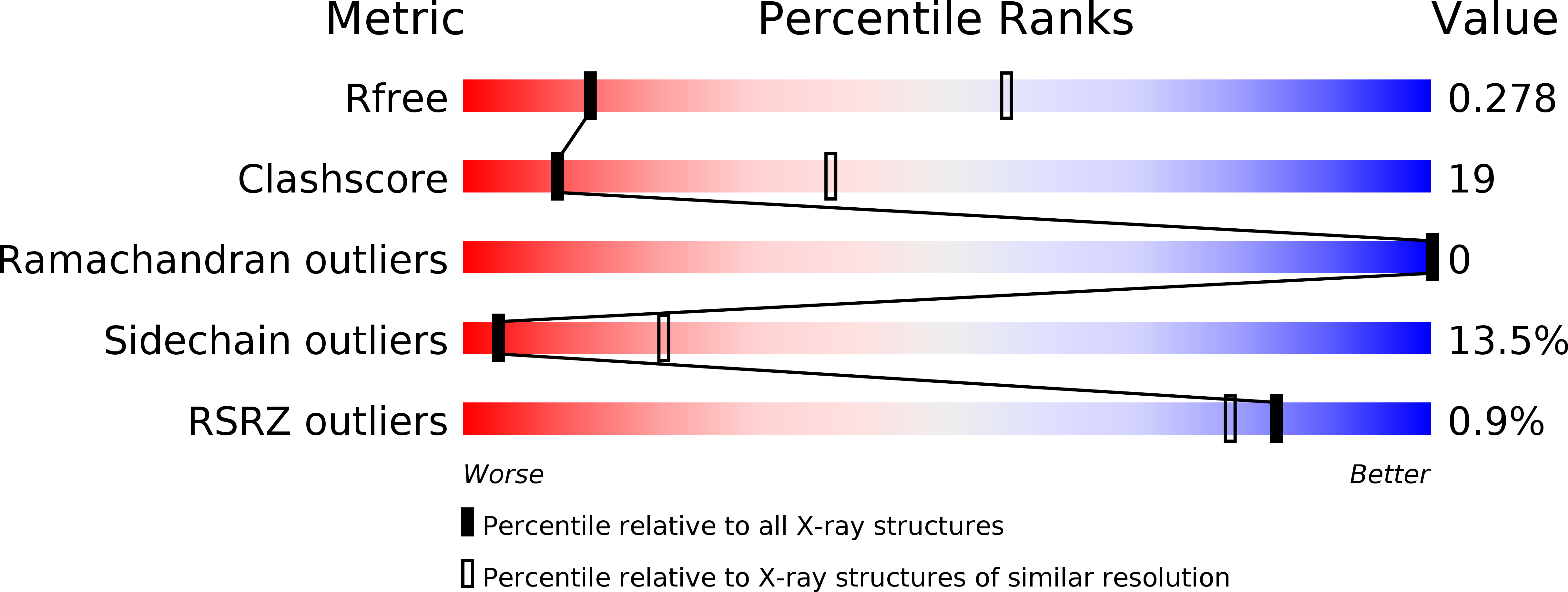
Deposition Date
2016-06-08
Release Date
2016-09-07
Last Version Date
2023-09-27
Entry Detail
PDB ID:
5KDM
Keywords:
Title:
Crystal structure of EBV tegument protein BNRF1 in complex with histone chaperone DAXX and histones H3.3-H4
Biological Source:
Source Organism:
Homo sapiens (Taxon ID: 9606)
Epstein-Barr virus (strain AG876) (Taxon ID: 82830)
Epstein-Barr virus (strain AG876) (Taxon ID: 82830)
Host Organism:
Method Details:
Experimental Method:
Resolution:
3.50 Å
R-Value Free:
0.27
R-Value Work:
0.23
R-Value Observed:
0.23
Space Group:
P 32 2 1


